Are Diamonds Found in the United States? A New Smithsonian Exhibit is Showcasing Incredible Diamonds from America
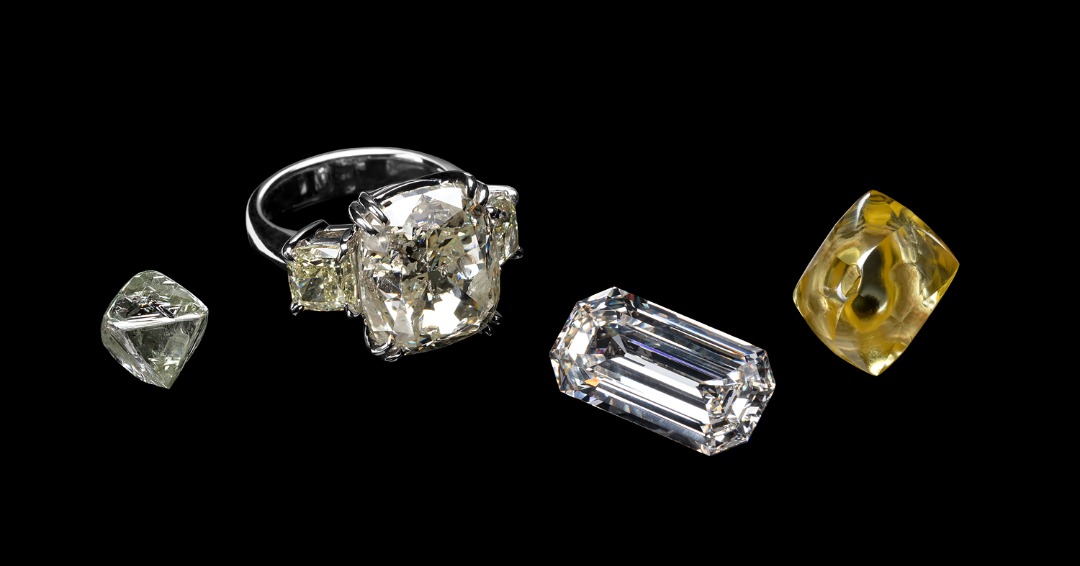
The United States is not the first place people think of when they imagine discovering diamonds. Most people probably recall Botswana, Canada or Australia first, as those locations are where most diamonds are found. However, diamonds are found two places in the United States, and some of those diamonds have been spectacular. The Smithsonian’s National Museum of Natural History pays tribute to these stones in its recently unveiled “Great American Diamonds,” exhibit, a first-of-its-kind display of the most stunning diamonds ever discovered in America.
The Largest Diamonds Found in United States
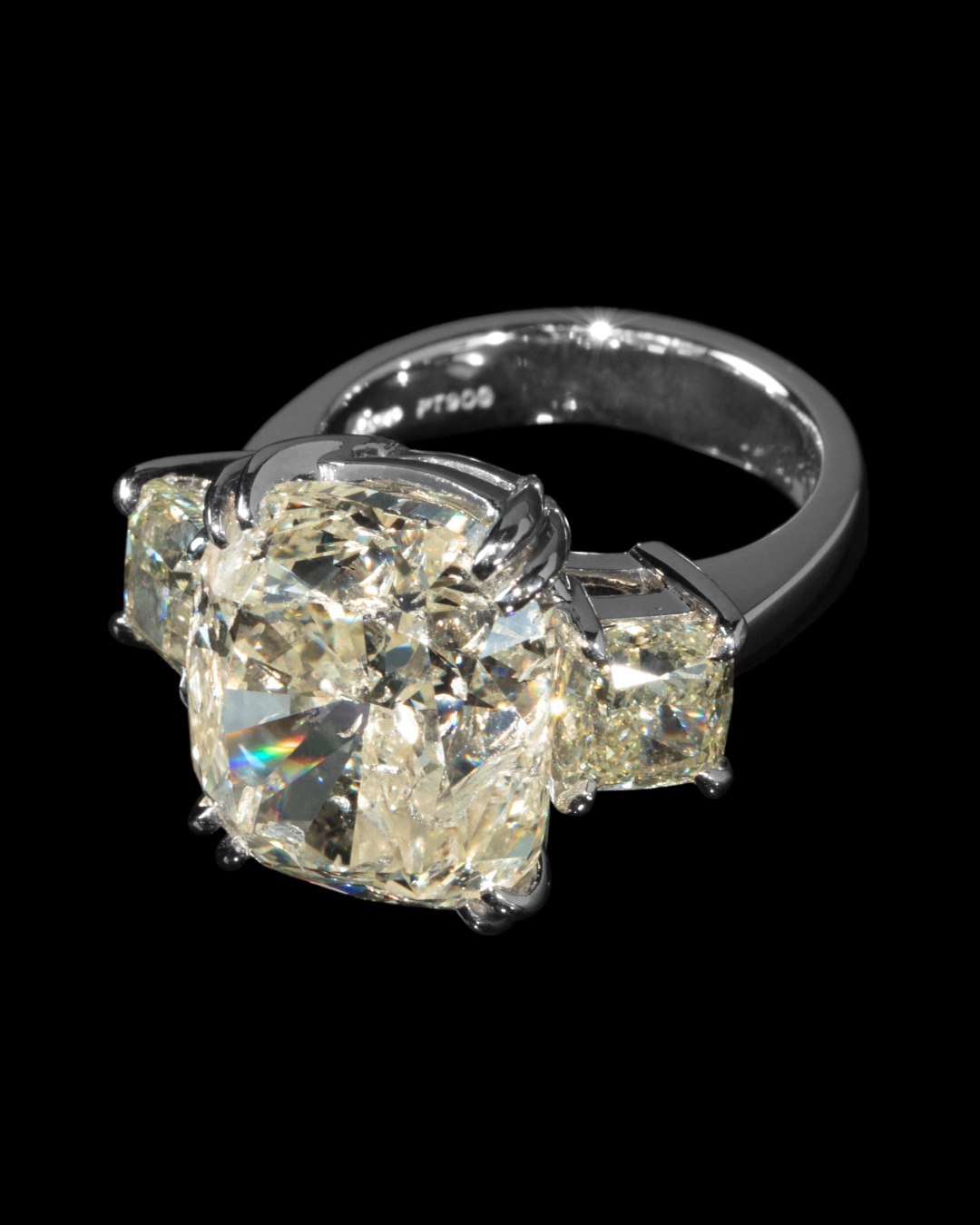
This collection’s two most notable diamonds are the Freedom Diamond and the Uncle Sam Diamond. Until this day, the Freedom Diamond is the largest cut diamond found in United States and was discovered in the Kelsey Lake Diamond Mine in Colorado in 1997. It is a 16.86 carat cushion cut diamond now set in a beautiful three-stone ring. The stone was cut from a rough diamond crystal weighing 28.20 carats. The Kelsey Lake Mine, where it was discovered, was opened in 1996 but was never commercially successful, meaning not enough diamonds were found to keep it operational. Even though it closed five years later, the fascinating mine left us with a few incredible American diamonds. The mine also remains the only modern diamond mine in American history.
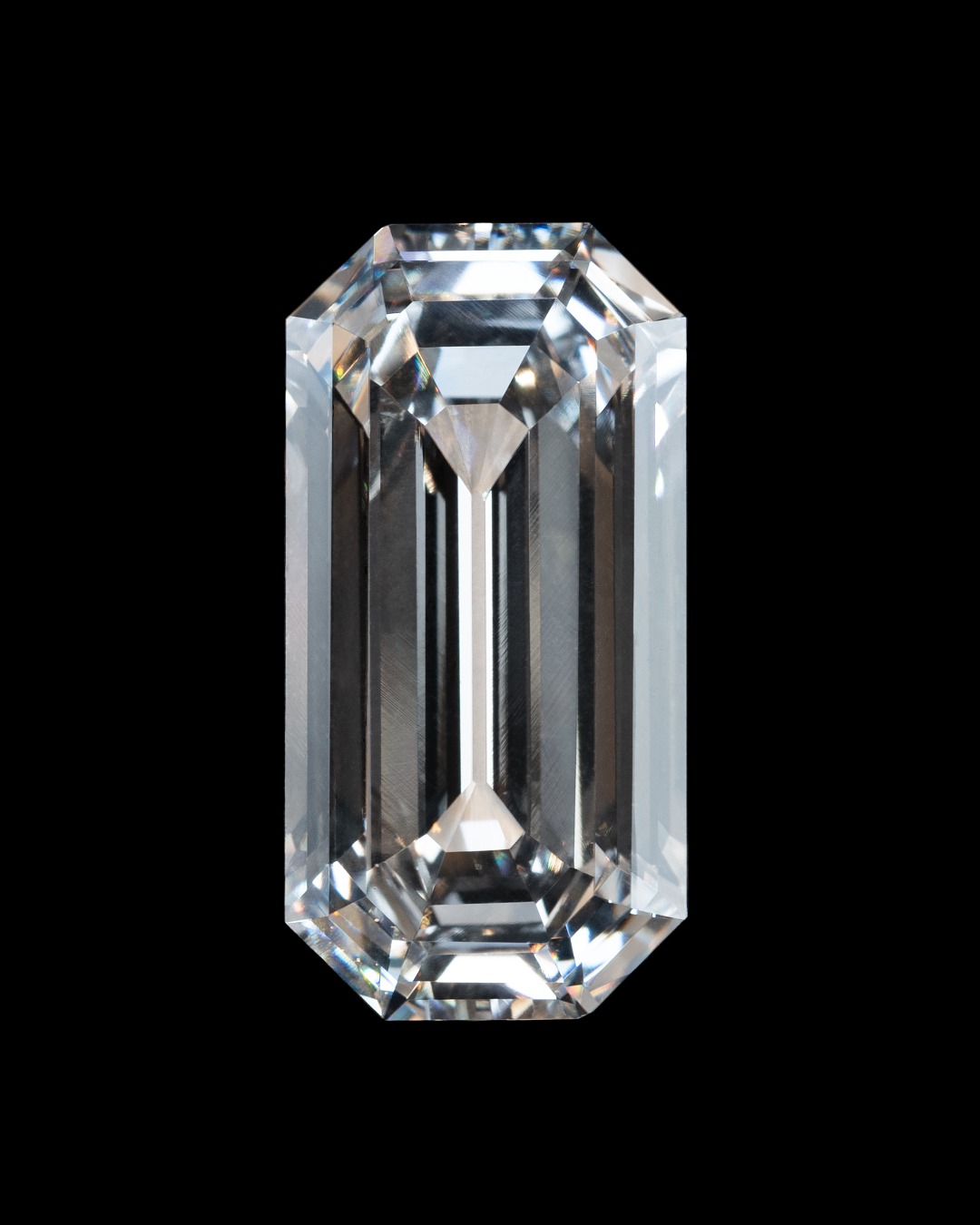
The Uncle Sam Diamond is a flawless 12.4 carat pinkish-brown emerald cut. The diamond was discovered at Crater of Diamonds in 1924. The 40.23 carat rough diamond crystal the Uncle Sam Diamond was cut from remains the largest rough diamond found in the United States. Crater of Diamonds is located in Arkansas, and after decades of trying to create a commercially viable and profitable diamond mine at the location proved unsuccessful, it was sold to the State and turned into a State Park in 1972. The Crater of Diamonds is a very unique diamond deposit formed from a 95-million-year-old eroded volcano. The volcanic rock is lamproite as opposed to the much more common kimberlite. The diamonds here formed more than 1 billion years ago in the cratonic root of the continent and were brought to the surface by the volcano’s magma. The unique conditions and millions of years of erosion mean that, unlike the vast majority of diamonds, these can be found at or just a few inches below the surface. Crater of Diamonds State Park is now famous for its 37.5 acre field on which visitors can hunt for diamonds. On average, two typically small diamonds are found per day by park visitors.
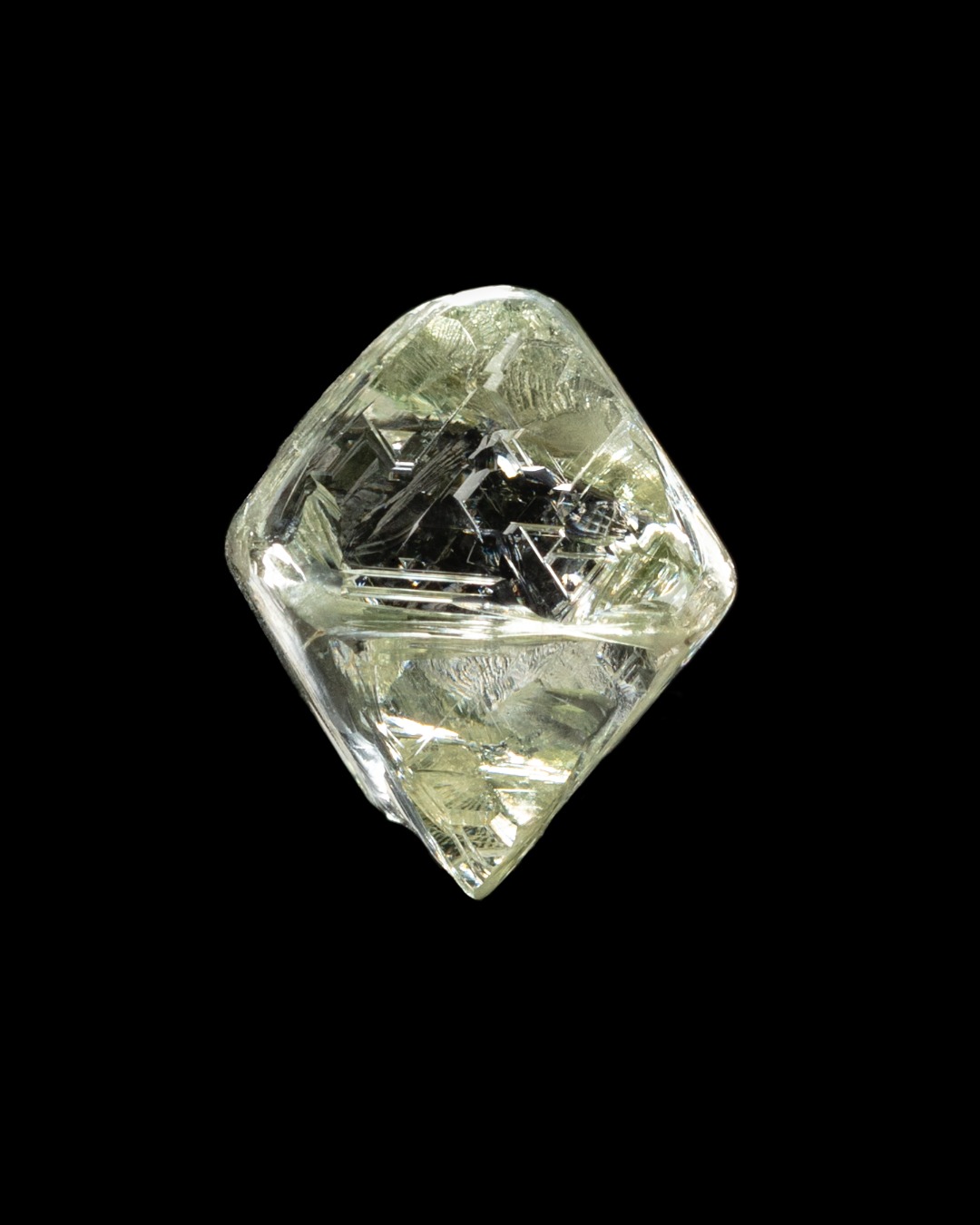
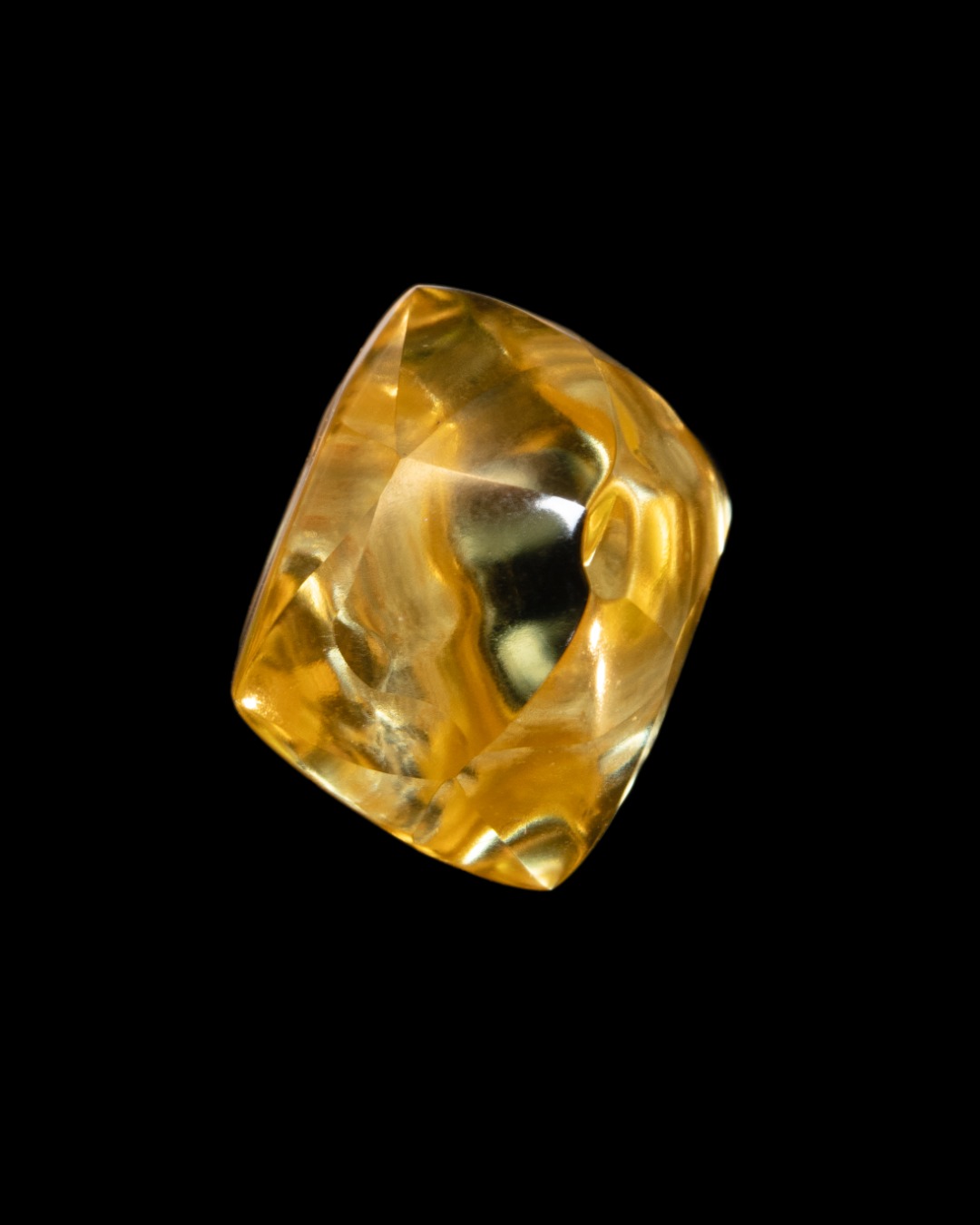
In the “Great American Diamonds” exhibit, these two exceptional diamonds will be displayed alongside two more diamonds found in the United States that have been left in their rough form: the Canary Diamond and the Colorado Diamond.
The Canary Diamond is a golden-yellow diamond crystal weighing nearly 18 carats and is one of the largest uncut diamonds from Arkansas. The Colorado Diamond is a 6.5 carat rough diamond that displays a near-perfect, natural, eight-sided (octahedral) shape. The Canary and Colorado diamonds were already part of The Smithsonian’s unrivaled diamond collection, which includes the Hope Diamond. Mineralogist Jeffrey Post, the museum’s Curator-in-Charge of Gems and Minerals says, “Amazingly, the Uncle Sam and Freedom diamonds were donated to our national collection within a month of each other. The generosity of the donors ensures that these great Earth treasures will forever belong to the people of the United States and the world.”
